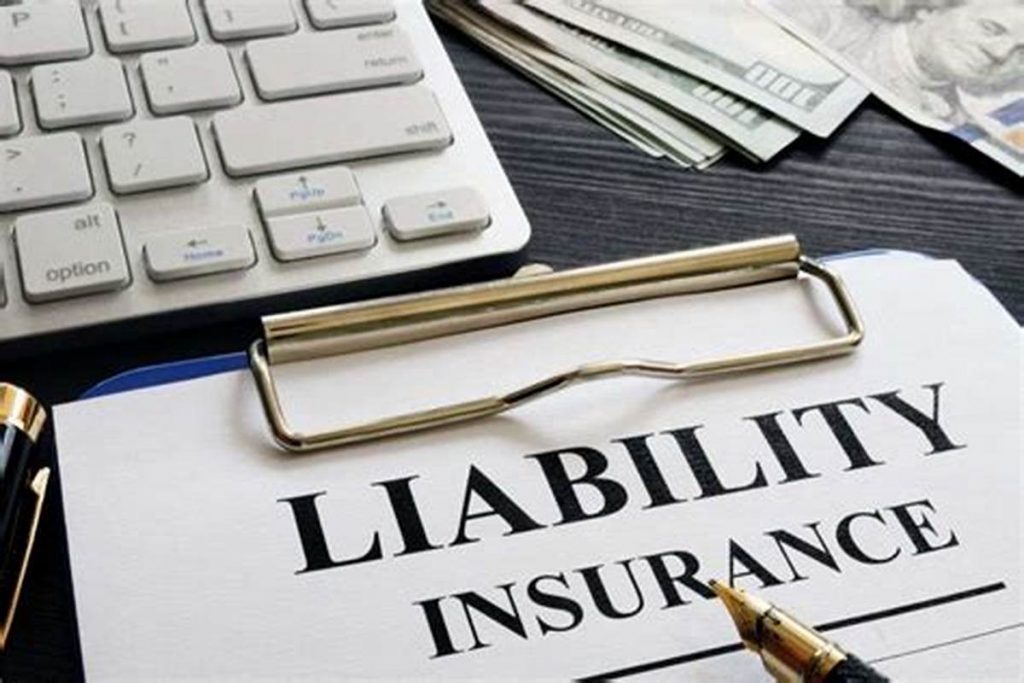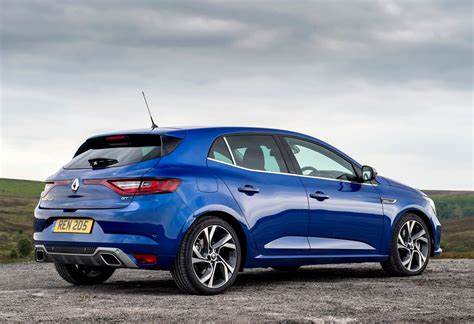Car insurance is a critical component of responsible vehicle ownership. Whether you’re a first-time buyer or looking to renew your policy, understanding car insurance can be a bit overwhelming. With so many options, terms, and conditions, it’s easy to get lost. However, by the end of this article, you’ll be equipped with all the knowledge you need to make informed decisions and choose the best car insurance for your needs.
What is Car Insurance?
Car insurance is a contract between a driver and an insurance company that provides financial protection in case of an accident or theft. This coverage can help pay for damages, medical bills, and other expenses depending on the type of insurance you purchase. There are different types of car insurance available, each designed to meet specific needs and budgets.
Why Do You Need Car Insurance?
Having car insurance is mandatory in most places, as it ensures that both you and others on the road are financially protected in the event of an accident. Without it, you risk facing significant out-of-pocket expenses, not to mention potential legal consequences. In many regions, driving without insurance can lead to fines, license suspension, or even imprisonment.
Car insurance can also provide peace of mind. Knowing that you’re covered in case of unforeseen circumstances allows you to drive with confidence. Additionally, insurance can cover damages caused by factors beyond your control, such as theft, vandalism, or natural disasters.
What Are the Different Types of Car Insurance?
Car insurance comes in several forms, each with different levels of coverage. Here’s an overview of the most common types:

- Liability Insurance
Liability insurance is the most basic form of coverage and is often legally required. It helps cover costs if you’re responsible for an accident that damages another vehicle or injures another driver. It generally includes two components: bodily injury liability and property damage liability. - Collision Insurance
Collision insurance covers damage to your own vehicle caused by a collision, regardless of who is at fault. It can be especially useful if your car is new or valuable. However, it’s typically an optional addition, though some lenders may require it if you’re financing or leasing your car. - Comprehensive Insurance
Comprehensive coverage protects against damages to your car caused by non-collision events, such as fire, theft, or weather-related incidents. This coverage ensures that you’re not left with a hefty bill when your car is damaged by external factors. - Uninsured/Underinsured Motorist Insurance
If you’re involved in an accident with someone who doesn’t have enough insurance, or no insurance at all, this policy can protect you. It helps cover medical bills and damages to your car when the responsible party cannot cover the costs. - Personal Injury Protection (PIP)
Personal injury protection, also known as no-fault insurance, helps cover medical expenses for you and your passengers after an accident, regardless of who is at fault. This insurance can also cover lost wages and other accident-related expenses.
How Much Car Insurance Do You Need?
The amount of car insurance you need depends on several factors, including the value of your vehicle, your location, and your personal preferences. Here are a few things to consider when determining the right amount of coverage:
- State Requirements
Each state or region has different minimum car insurance requirements. At a minimum, you’ll likely need liability coverage. However, you may choose to add additional coverage for added protection. - Car Value
If your car is new or valuable, it’s worth considering comprehensive and collision coverage. Older vehicles might not need these options, as the cost of repairs could exceed the value of the car. - Driving Habits
Your driving habits can also influence the type of coverage you need. If you drive long distances frequently, you may want to opt for more comprehensive coverage. Alternatively, if you drive short distances, you might be able to get away with a basic policy. - Personal Budget
While more coverage offers better protection, it also means higher premiums. Consider your budget and the level of risk you’re willing to accept when choosing your policy.
How Does Car Insurance Work?
Car insurance works by pooling premiums from all policyholders to create a fund that can be used to cover the costs of claims. When you pay your monthly or annual premium, you’re contributing to this fund. In the event of an accident or loss, you can file a claim, and the insurance company will evaluate the situation. Depending on the type of policy you have and the circumstances of the incident, the company will reimburse you for damages or expenses up to the limits of your coverage.
It’s essential to understand your policy’s deductibles—the amount you’ll pay out of pocket before your insurance kicks in. For example, if you have a $500 deductible and incur $2,000 in damages, you’ll pay the first $500, and your insurance will cover the remaining $1,500.
What Factors Affect Car Insurance Rates?
Several factors influence the cost of your car insurance premiums. Some of the most common factors include:

- Age and Driving Experience
Younger, less experienced drivers typically pay higher premiums, as they are statistically more likely to be involved in accidents. - Driving Record
A clean driving record with no accidents or traffic violations can help lower your insurance costs. On the other hand, a history of accidents or moving violations will increase your premiums. - Type of Vehicle
The make, model, and age of your car play a significant role in your insurance rate. High-performance vehicles or luxury cars tend to be more expensive to insure due to their higher repair costs and likelihood of theft. - Location
Where you live can impact your premiums. Areas with high traffic volumes or higher rates of theft or vandalism often have higher insurance costs. - Credit Score
In many regions, your credit score is factored into your car insurance rate. Those with higher credit scores tend to pay lower premiums, as they are seen as less risky. - Coverage Options
The more coverage you select, the higher your premiums will be. However, it’s essential to find a balance between affordable rates and adequate protection.
How to Save on Car Insurance?
While car insurance is essential, there are ways to save on your premiums:
- Shop Around
Different insurers offer varying rates, so it’s crucial to get quotes from multiple providers. Comparison websites can make this process easier. - Increase Your Deductible
Raising your deductible can lower your monthly premiums. However, make sure you can afford the deductible in case of an accident. - Bundle Policies
Many insurers offer discounts if you bundle car insurance with other policies, such as home or life insurance. - Maintain a Safe Driving Record
Avoid traffic violations and accidents to keep your rates low. Many insurance companies offer safe driver discounts to those who maintain a clean driving history. - Take Advantage of Discounts
Insurance companies often offer discounts for things like having safety features in your car, being a good student, or driving a low-mileage vehicle.
Final Thoughts on Car Insurance
Car insurance is a vital part of vehicle ownership, providing financial protection and peace of mind in case of accidents or damage. By understanding the types of coverage, factors affecting premiums, and ways to save, you can make an informed decision when purchasing car insurance. Remember, it’s not just about finding the cheapest policy, but about ensuring you have the right coverage for your needs. Take the time to compare options and consult with experts to find the best car insurance policy that fits your lifestyle and budget.

Leave a Reply